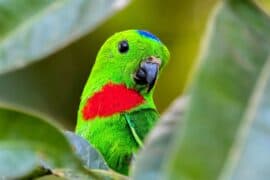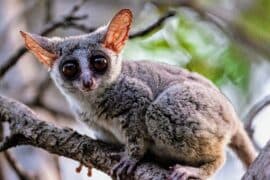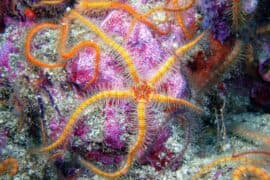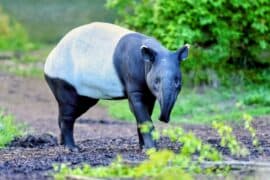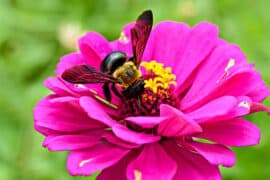Golden poison frog
(Phyllobates terribilis)
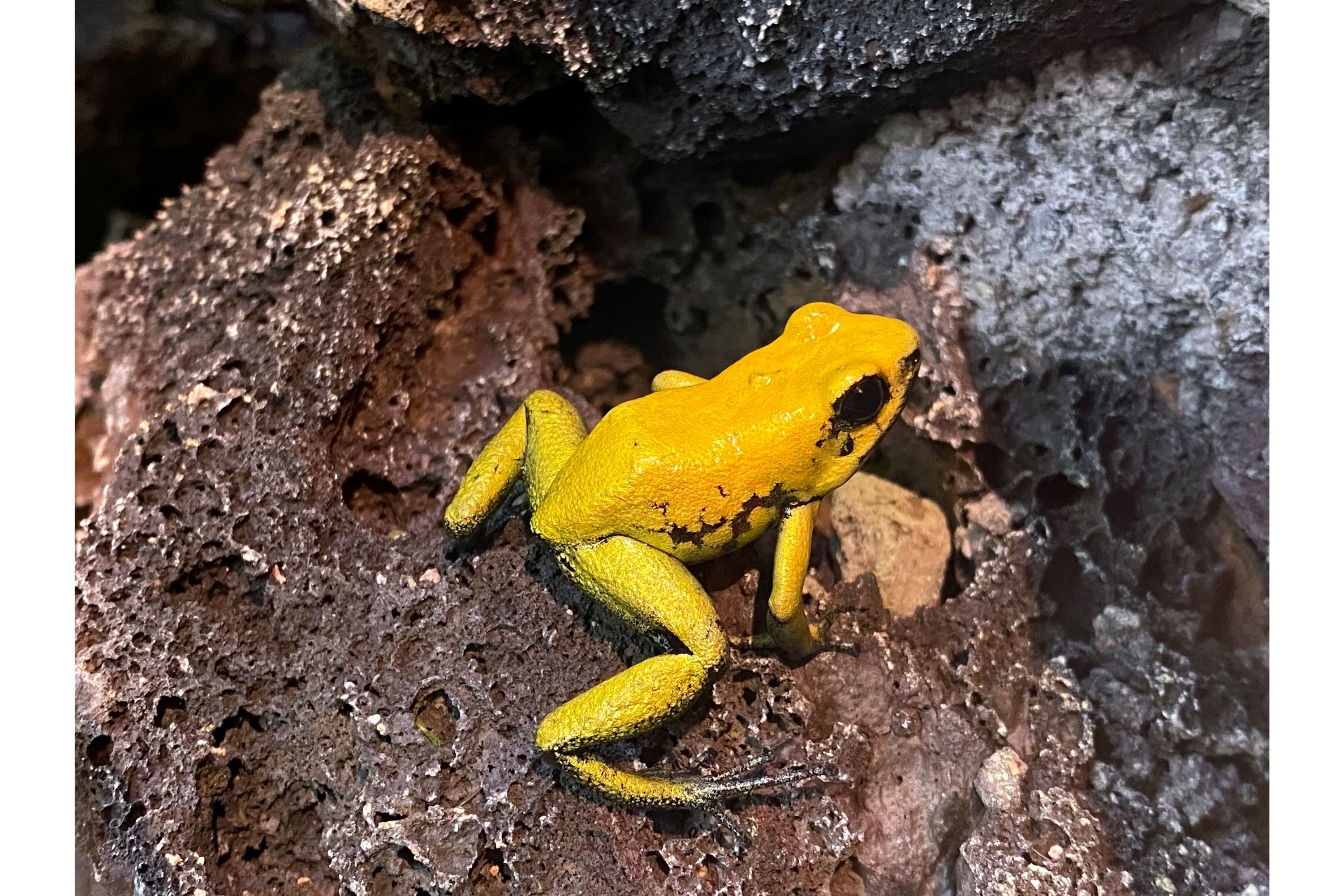
Description
The golden poison frog (Phyllobates terribilis), also known as the golden frog, golden poison arrow frog, or golden dart frog, is a poison dart frog endemic to the rainforests of Colombia. The golden poison frog has become endangered due to habitat destruction within its naturally limited range. Despite its small size, this frog is one of the most poisonous animals on the planet. The golden poison frog is endemic to humid forests of the Pacific coast of Colombia in the Cauca and Valle del Cauca Departments in the Chocó Rainforest. The optimal habitat of P. terribilis is the rainforest with high rain rates (5 m or more per year), altitudes from sea level to 200 m elevation, temperatures of at least 26 °C, and relative humidity of 80–90%. It is known only from primary forest. The eggs are laid on the ground; the males transport the tadpoles to permanent pools.Its range is less than 5,000 square km; destruction of this habitat has contributed to P. terribilis becoming an endangered species. P. terribilis is the largest species of poison dart frog, and can reach a size of 55 mm as adults, with females typically being larger than males. Like all poison dart frogs, the adults are brightly colored, but they lack the dark spots present in many other dendrobatids. Juvenile frogs, however, have mostly black bodies with 2 golden-yellow stripes along their backs. The black fades as they mature, and at around 18 weeks of age the frog is fully colored. The frog's color pattern is aposematic (a coloration to warn predators of its toxicity). The frog has tiny adhesive disks on its toes, which aid climbing of plants. It also has a bone plate in the upper jaw which gives it the appearance of having teeth, a distinctive feature not observed in the other species of Phyllobates. The golden poison frog is not venomous, but poisonous: venomous animals have a delivery method for the toxin, such as fangs or spines, while poisonous animals and plants do not have a delivery method and rely on transference of the toxin, typically by, but not limited to, ingestion. Like most poison dart frogs, P. terribilis uses poison only as a self-defense mechanism and not for killing prey.
Taxonomic tree:

